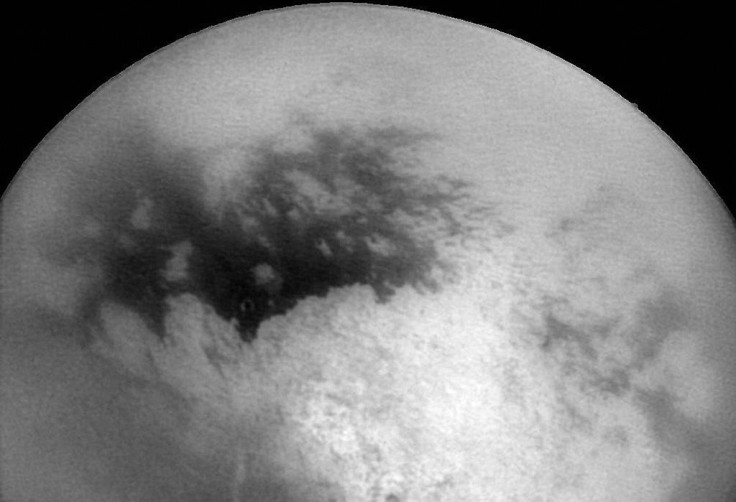Saturn Moon Enceladus Vast Oceans Explained: Could Alien Life Exist Here?

Saturn has one of the highest number of moons in the solar system next to Jupiter, with a total of 62 satellites orbiting the planet. This cosmic set-up makes the ringed planet one of the most interesting celestial bodies to study and a good place to start in our continuous search for life outside of the Earth.
Among Saturn’s 62 moons, Enceladus offers an interesting perspective when it comes to searching for organic lifeforms. The moon is known for its vast underground ocean, which makes it unique compared to other moon siblings. This is because where there’s water, there’s usually signs of life.
"Fundamentally, what excites me is the search for life beyond Earth," Marc Neveu, a planetary scientist at NASA Goddard Space Flight Center in Maryland, said in an interview. Neveu leads a study that tries to explain why Enceladus is so different compared to other Saturn moons.
Previous research suggested that the moons were formed from the debris that floats around the rings of the planet. The gravitational pull from Saturn would cause powerful tides that churn and melt rock particles which form the celestial bodies.
The effect varies depending on the moon’s distance from Saturn. The moon Mimas, for example, has no geological activity compared to the larger moons closer to the planet.
Enceladus, located farther from Saturn, experiences weaker tides than Mimas yet somehow has tidal forces that melt ice within its core that form an underground ocean and "cryovolcanoes" that actually spew water.
This mystery is what Neveu and his team are trying to understand. It was difficult to conduct a study at first as scientists had to choose between modeling tides or modeling geology to understand how Saturn’s moons work. Both options require not only different approaches but also timelines that could further delay research.
In a new study, however, scientists were able to design computer models that simulated and simplified factors of both areas of study. This effectively determined the orbital effects the moons could have experienced in the last 4.5 billion years.
What scientists discovered is that the moons Enceladus, Tethys and Dione all have enough tidal forces that keep geological activity for oceans to exist. However, only Enceladus can actually keep these bodies of water as the moon is affected by the gravitational forces of Tethys and Dione.
These factors and the continuous gravitational pull from Saturn alters the level of distortion of Enceladus' shape, which, in turn, flexes and heats the moon's interior, retaining its underground ocean.
"This is the first explanation consistent with data returned from NASA's Cassini spacecraft for how a tiny moon such as Enceladus, which is only about as big as Washington state or the British Isles, has a subsurface ocean when other sibling moons that are bigger or closer to Saturn, and therefore more likely to have such oceans, do not," Neveu said.
This constant phenomenon now opens the bigger possibility that perhaps with all the water existing beneath the moon’s surface, life could actually exist in Saturn.
© Copyright IBTimes 2024. All rights reserved.





















